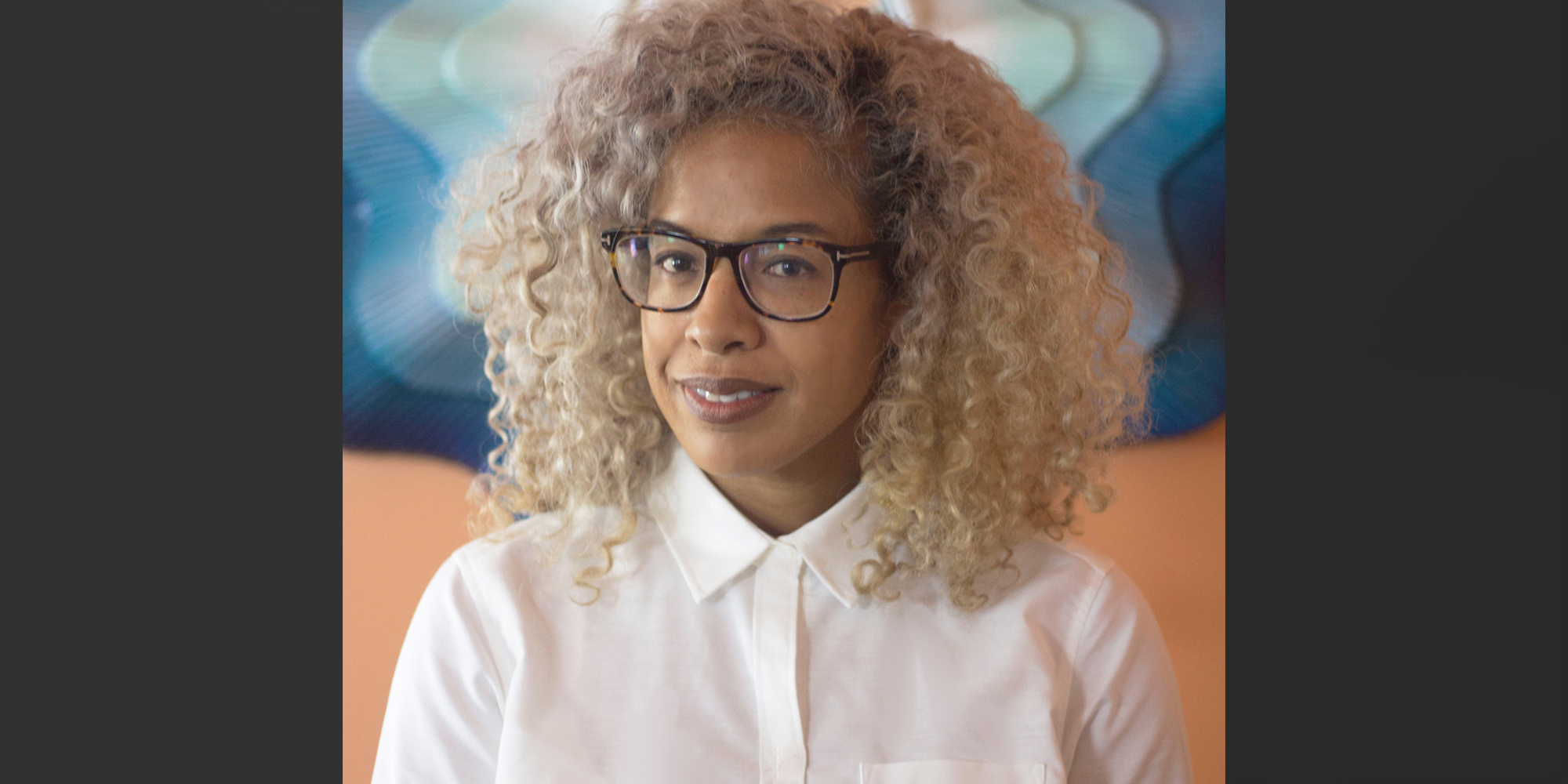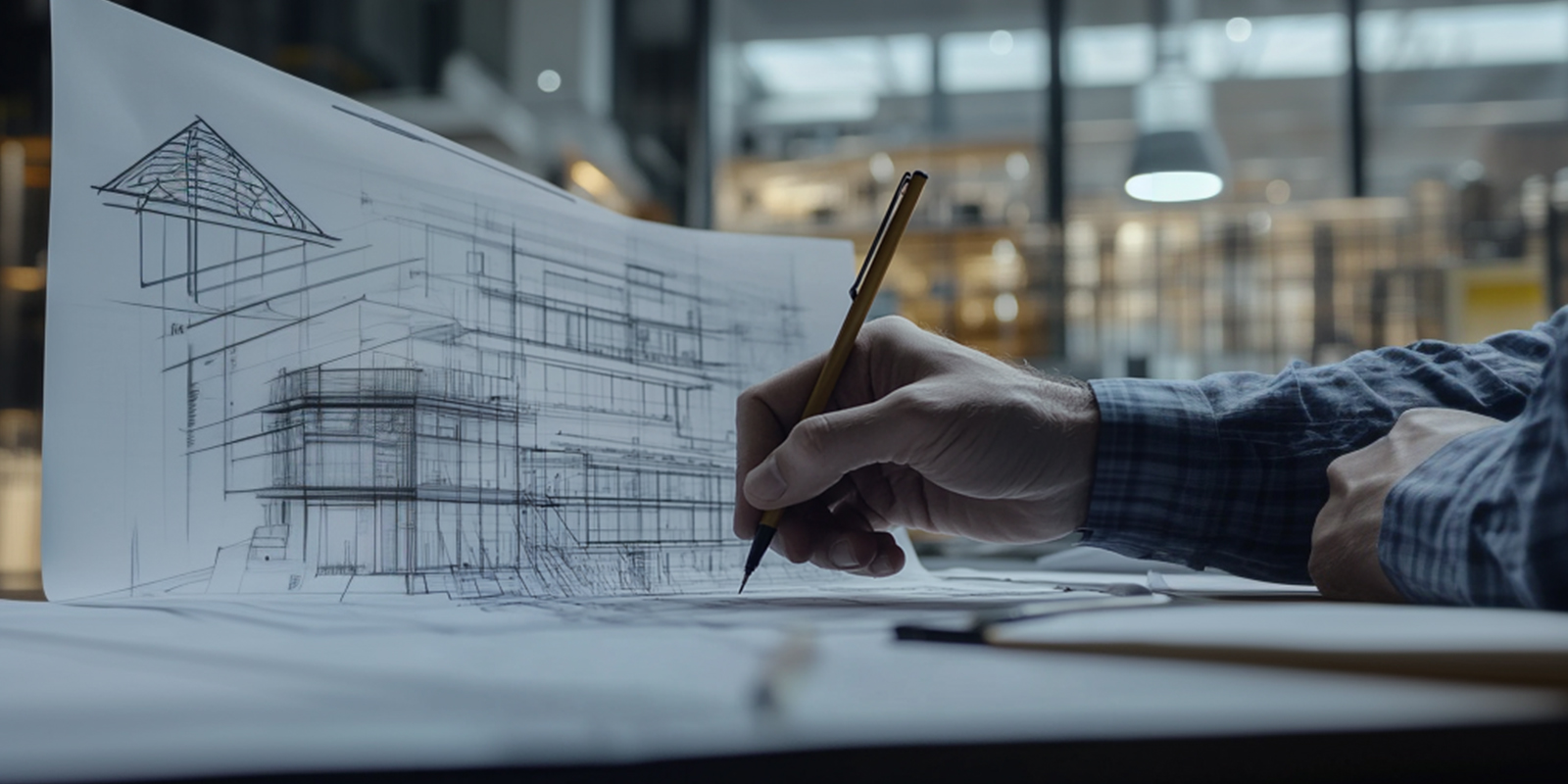Welcome to Media Matters, a series dedicated to the voices shaping the media and communications world. In this edition, we’re excited to feature Dr. Sarah Seung, a pioneering professional who blends the fields of psychology, design, and fashion in innovative ways. With a background in counseling psychology and a passion for creative expression, Dr. Sarah has carved out a unique niche at the intersection of emotional wellness and design, specializing in fashion and design psychology.
In this conversation, Dr. Sarah takes us through her journey from working in child trauma counseling to discovering her calling in the field of design psychology. She discusses how psychological principles—such as Maslow’s hierarchy of needs and the concept of enclothed cognition—inform her approach to helping clients create spaces and wardrobes that promote emotional well-being. Dr. Sarah shares her insights on the growing trend of integrating mental health considerations into interior design and fashion, and how personalized, thoughtful design choices can play a pivotal role in supporting one’s mental health.
Through her work, Dr. Sarah exemplifies how design, when guided by an understanding of psychology, can become a powerful tool for emotional growth and self-expression. This interview provides an inspiring look into a field that is gaining increasing recognition for its potential to positively influence mental well-being.
Can you share the story behind your passion for combining psychology with design and fashion? What experiences or insights led you to this unique intersection?
Dr. Sarah Seung: My background is in counseling psychology, and I spent many years in the area of child abuse and trauma. It was important work but I felt the pull to do something more creative. I’ve always been interested in fashion and interiors, so I entered the niche area of fashion and design psychology. That’s basically using psychology to help people create wardrobes and spaces that support well-being.
What experiences in your career have guided you toward specializing in mental and emotional wellness through design? Were there specific moments that stood out to you?
Dr. Sarah Seung: I became passionate about telling stories through home and clothing when I realized traditional psychology didn’t quite hit the spot for me. Actually, I was always passionate about it, but did not initially see a clear career path. My interest in psychology evolved out of a desire to work with adolescent girls to help them navigate issues regarding self-esteem and identity. And I realized that home and clothing as extensions of ourselves, are great ways to express different parts of us and enhance self-esteem. So I did some research on fashion and psychology and completed a year-long design psychology mentorship program (with a focus on conducting environmental autobiographies) developed by an environmental psychologist. Toby Israel, PhD, and earned an interior design certificate.
Reflecting on your time in the industry, how have you seen design psychology change? Are there any recent developments that particularly excite you?
Dr. Sarah Seung: Design psychology is an up-and-coming niche area in interior design that evolved out of environmental psychology. Just like counselors apply counseling psychology research, design psychologists apply psychology research centered around spaces. With mental health getting so much attention, people are starting to understand how different facets of our lives, including our homes, impact us emotionally. It’s nice to see this new awakening.
What key psychological concepts do you think play a significant role in shaping design and fashion choices? How do these principles influence your work?
Dr. Sarah Seung: With design psychology, Maslow’s hierarchy of needs is really helpful in understanding what we refer to as the self-actualized home. Just as humans move closer to self-actualization when certain needs are met, a home that meets certain needs, including psychological and social needs, helps create a self-actualized home, one that helps us fulfill our potential. With regard to fashion psychology, a ground-breaking concept supported by research is enclothed cognition. That’s the idea that when we wear clothing that has symbolic meaning for us, it can alter our cognition and mood.
Is there a particular project that stands out to you where your work made a significant impact on a client’s life?
Dr. Sarah Seung: One client had anxiety about decorating, and through his environmental autobiography, he developed a clearer understanding of where his anxiety came from and what he wanted. This gave him the confidence to begin to make some meaningful changes to his space.
Are there any current trends that resonate with the idea of emotional wellness? How do these trends reflect a deeper understanding of mental health?
Dr. Sarah Seung: I think the idea of creating a home that meets the needs of dwellers, rather than having rigid do’s and don’ts is becoming more popular and pretty consistent with mental health. People are starting to be more aware of colors, layouts, and furnishings that work for their unique needs, and I think that can be freeing for some people.
Can you walk us through how you use psychological principles to guide clients in selecting colors and materials for their spaces or wardrobes?
Dr. Sarah Seung: Knowing a client’s past experience with the place, their personality functioning, and their goals all assist with helping me figure out colors, look and feel layout, and furnishings. If someone is more extroverted, they may be drawn to open spaces, with stimulating colors that feel high energy and lend themselves easily to socializing. Someone more on the introverted side may choose segmented spaces as they tend to need private areas to recharge. Of course, the concept of extroversion/introversion is complex, but this gives a sense of how I might begin to use this information to create spaces that meet the needs of my clients. In another example, someone’s history including trauma can help me create a room that reduces triggers, modulates the body, and creates a sense of calm. Also, an understanding of goals helps me incorporate areas for growth into their design plan (eg, a place to garden if they want more of that). These examples draw from psychodynamic theory, personality development, trauma, and positive psychology.
In your experience, what specific aspects of design have the most profound effects on mental well-being? Why do you think they are so impactful?
Dr. Sarah Seung: Any design that supports what the client needs emotionally is helpful. Client may feel stuck in certain areas of their life and a home that accommodates desired goals (eg. more socializing, starting a business) is emotionally supportive. For instance, if a client wants to socialize more, create an area in the home that welcomes guests. If someone wants to start a business, create a work area in the home that prepares them for the start-up.
How do you believe interior design and wardrobe choices impact a person’s emotional state?
Dr. Sarah Seung: They are supportive roles. One’s home and wardrobe is an extension of the self. If someone is not doing well emotionally, it may be reflected in their dress (wearing oversized clothes to cover up) or home (clutter). While therapy works from the inside out. Designing your home and wardrobe in ways that support mental health is working from the outside in and can act as a catalyst for the emotional growth that occurs as a result of traditional therapy.
What practical advice would you give to individuals who want to begin incorporating psychological insights into their fashion choices or home designs?
Dr. Sarah Seung: While staying up with the trends is a fun thing to do, don’t rely completely on it to have a fulfilling home. Think about what satisfies you psychologically (eg, furnishings that provide a sense of belonging, love, and self-expression), and incorporate those elements into your design.




